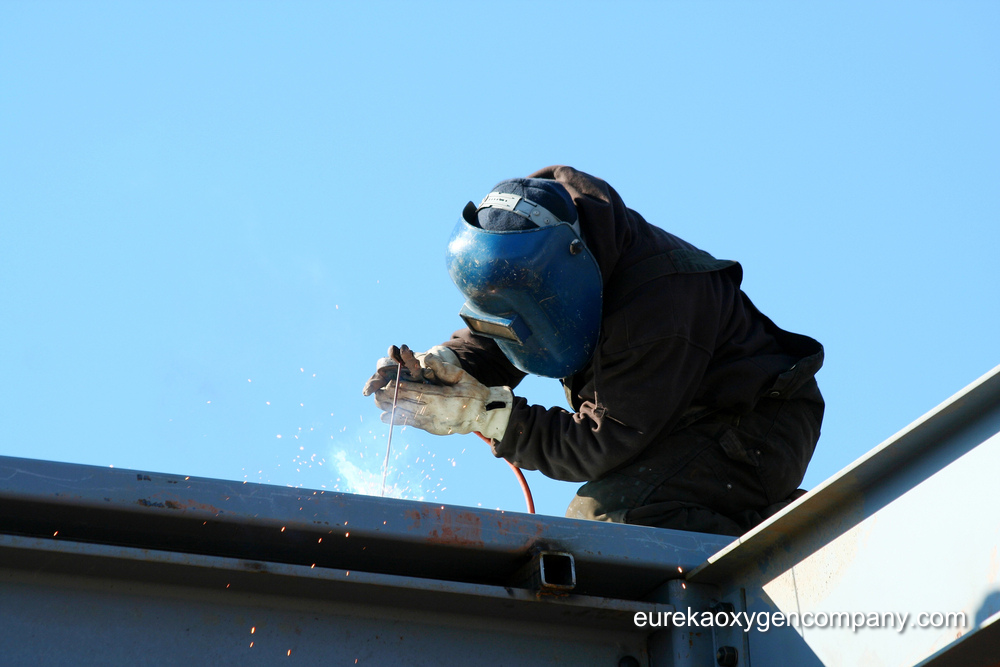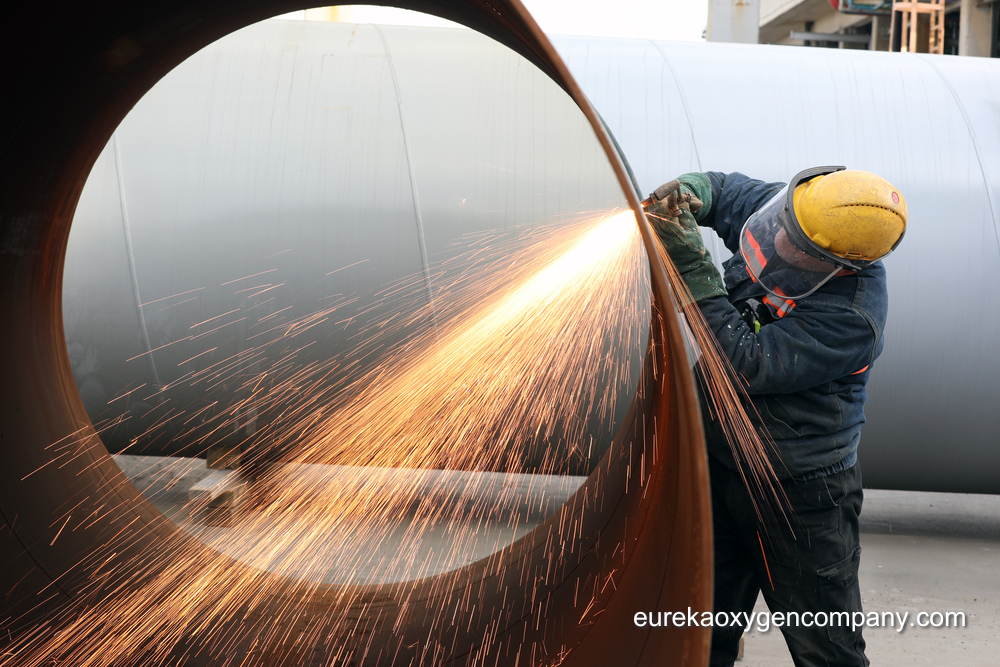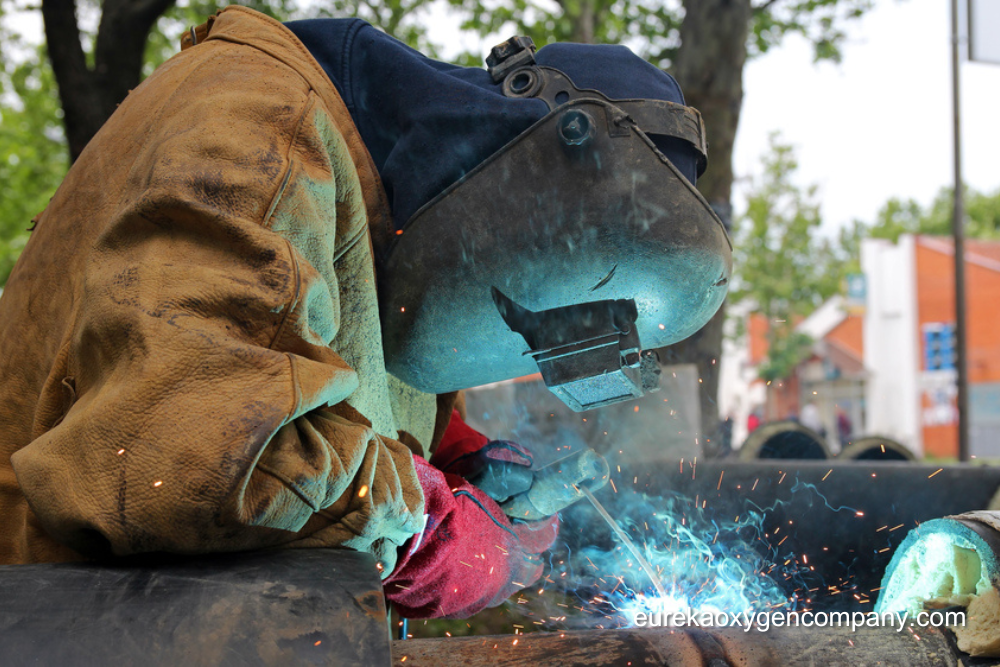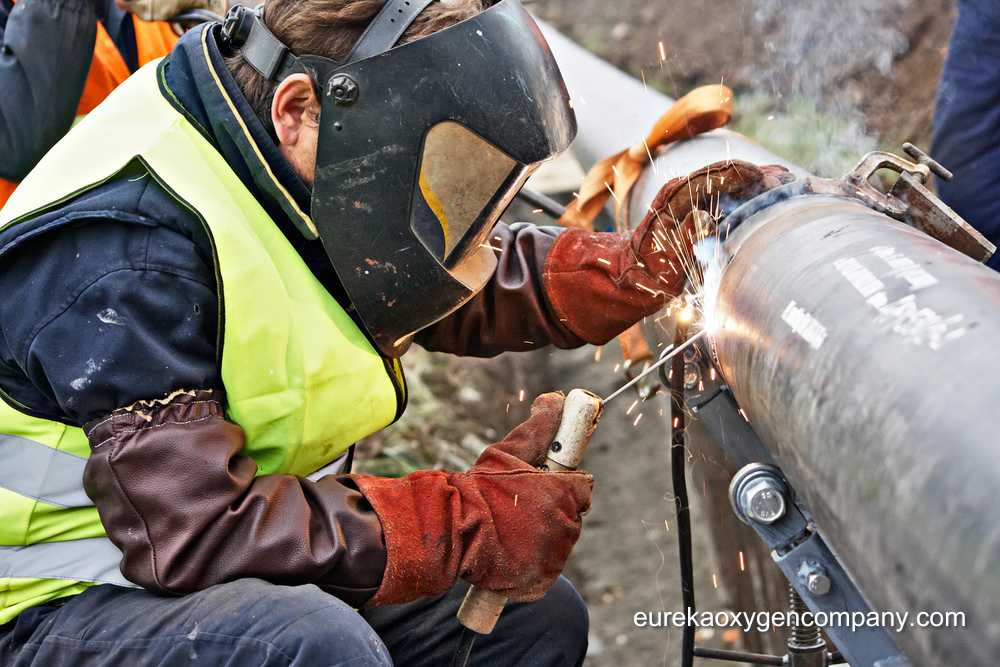Risks You Will Encounter While Welding Outdoors

Welding in the wind can disrupt shielding gas coverage, leading to inferior weld quality and increased risk of spatter and porosity. Further, wind can aggravate fire hazards by dispersing sparks unpredictably, posing a threat to both the welder and the surrounding environment.
To mitigate this, it is critical to create a controlled welding environment by using windbreaks or shields to minimize the effects of wind and maintain consistent shielding gas coverage.
Welding in the rain introduces additional safety concerns, including the risk of electrical shock and compromised weld quality. Rain and moisture can interfere with electrical equipment, leading to potential malfunctions and safety hazards.
To prevent these issues, ensure that your welding equipment is properly grounded and protected from exposure to water. Additionally, consider using tarps or canopies to shelter your work area from rain and moisture, and wear insulated gloves and boots to reduce the risk of electrical accidents.
Outdoor Welding Safety In Extreme Conditions

Extreme-temperature welding, whether scorching heat or freezing cold, can bring plenty of challenges for outdoor welders.
In hot weather, you’re at risk of heat exhaustion and dehydration, which can impair focus and decision-making abilities. It is essential to stay hydrated by drinking plenty of water and taking regular breaks in shaded areas to rest and cool down. When welding in the cold, layering clothing and using portable heaters can help maintain a comfortable working environment while preserving dexterity and focus.
Additionally, consider using a welding helmet with a built-in shade or a separate welding curtain to shield your eyes and face from UV radiation while welding.
Ventilation & Site Selection
In addition to weather-related concerns, general outdoor welding safety considerations must not be overlooked. Proper ventilation is essential for dispersing welding fumes and preventing respiratory issues. When selecting a welding site, prioritize open-air environments with good airflow to minimize exposure to hazardous fumes.
Conduct a thorough risk assessment of the surrounding area to identify potential hazards such as overhead power lines, flammable materials, or uneven terrain. Further, take appropriate measures to mitigate these risks, such as marking hazard zones, establishing clear boundaries, and implementing safety protocols to prevent accidents and injuries.
Weather Safety For Welders: Essential Guidelines

Here are essential guidelines to help you stay safe when working in outdoor environments:
Proper Personal Protective Equipment (PPE)
- Always wear appropriate PPE, including a welding helmet with a properly shaded lens to protect your eyes from harmful UV radiation and sparks.
- Wear flame-resistant clothing, gloves, and boots to protect against burns and other injuries.
- Use ear protection to shield against loud noise generated by welding equipment.
Fire Safety
- Clear the welding area of flammable materials and keep a fire extinguisher nearby.
- Use fire-resistant barriers or welding blankets to protect nearby objects from sparks and hot metal debris.
- Have a designated safety officer or spotter to monitor the welding area and respond promptly to any fire hazards.
Electrical Safety
- Inspect welding equipment regularly for damaged cables, frayed wires, or faulty connections.
- Ensure proper grounding of welding equipment to prevent electrical shocks and other hazards.
- Avoid working in wet conditions or standing in water while welding to minimize the risk of electrical accidents.
Training and Supervision
- Ensure that all welders receive proper training in welding techniques, safety procedures, and emergency response protocols.
- Provide supervision and oversight to inexperienced welders, particularly when working in hazardous outdoor environments.
- Encourage open communication and a safety-conscious mindset among all members of the welding team.
Final Words
In this post, we talked about outdoor welding safety and what you must consider before taking your work outside. By adhering to these guidelines and prioritizing safety at every step of the welding process, you can minimize risks and create a safer working environment for you and your colleagues when welding outdoors.
Eureka Oxygen can help you stay safe by providing you with approved fire suppression, gas cylinders, PPE, and more. Contact us for more information or to talk to one of our specialists. We deliver to plenty of locations, from Golden Gate Bridge to Gold Beach, OR.

